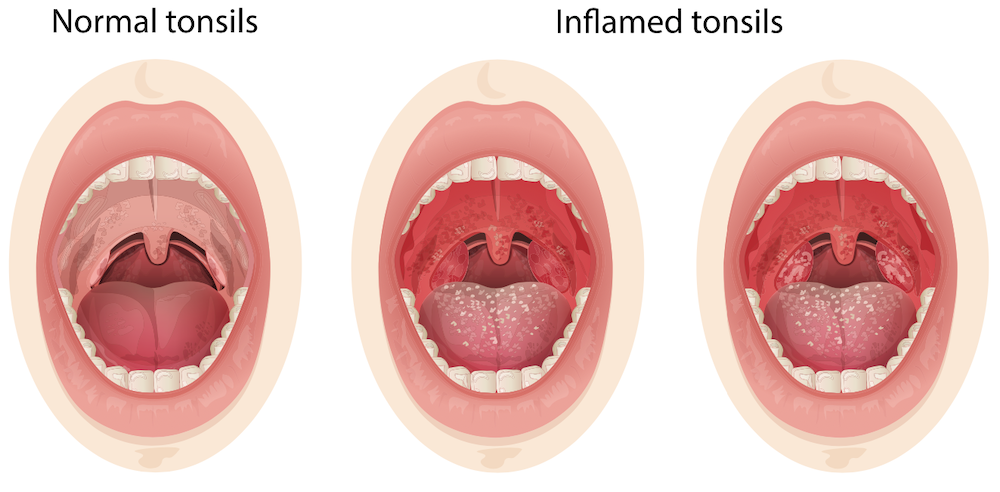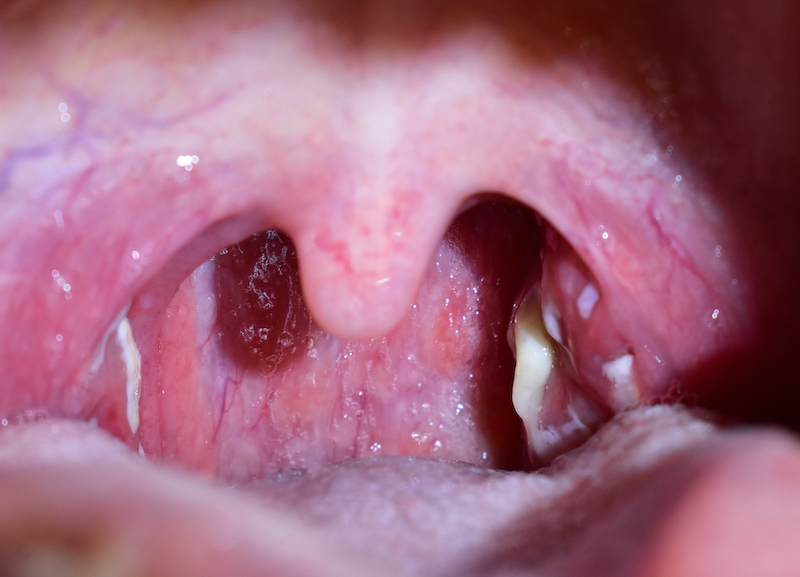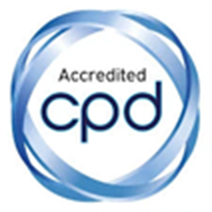I am one of those unfortunate people who experienced several bouts of tonsillitis as a child, generally coinciding with the Christmas holidays, lucky me. It’s a common childhood illness, and can be really quite painful, although I remember the upside of one particularly nasty case being a diet of ice-cream only for 2 days – the stuff of childhood dreams. There seems to be a lot of this nasty winter illness around at the moment, so in this blog we’ll talk you through what causes tonsillitis, the symptoms to look out for, how to treat it and how to recognise when it’s something more serious.
What is tonsillitis and what causes it?
Tonsillitis is inflammation of the tonsils. It's usually caused by a viral infection (like those that cause the common cold) or, less commonly, a bacterial infection – generally with the streptococcus bacteria (the one that causes “strep throat”). It’s a common condition in children, teenagers and young adults, but can also affect adults.
Why do we have tonsils if they’re going to get infected and make us ill?
Our tonsils are two small glands that sit on either side of our throat. In young children, they help to fight germs and act as a barrier against infection. This means that when the tonsils become infected, they isolate the infection and stop it spreading further into the body. As a child's immune system develops and gets stronger, the tonsils become less important and usually shrink. It is quite common for young children to have much larger tonsils than we would see in our own mouths!
What are the symptoms of tonsillitis?
It’s likely that if your child has tonsillitis, they will be presenting with what seems like a really bad cold. The main symptoms are usually:
- A sore throat
- Pain when swallowing
- A high temperature (fever) of 38C or above
- A cough
- A headache
- Feeling sick
- Earache
- Feeling tired
Your child’s tonsils will be red and swollen, as indicated in this infographic:

If the tonsillitis has been caused by a bacterial infection (this is rarer), your child’s symptoms might be more severe and can include:
- Swollen, painful glands in the neck that feel “lumpy”
- White pus-filled spots on the tonsils
- Bad breath

Symptoms should clear up by themselves within 3-4 days, and it’s usually not necessary to see a doctor.
How can I treat my child’s tonsillitis at home?
Remember that tonsillitis is usually caused by a virus, so antibiotics aren’t going to help and there is no specific treatment for viral tonsillitis. The symptoms should clear up within 3-4 days on their own (see below for when to seek medical help).
How to help your child:
- Make sure they have plenty to eat and drink, even if it is painful. Try soft, cold fruits and vegetables (avoiding really acidic ones), chilled soup and soft sandwiches like cream cheese and cucumber. If drinking is difficult, try ice lollies. If your child doesn’t eat and drink, they’ll develop other symptoms like headaches and could even become dehydrated, so encourage them as much as possible.
- Give them the age recommended dose of ibuprofen or paracetamol to ease pain – perhaps try timing a meal or drink 30 minutes or so after you’ve given the painkillers to ease pain when swallowing.
- Ask a pharmacist if there are any appropriate lozenges or throat sprays for your child’s age.
- Do not try a salt gargle as recommended for adults unless you are confident your child is old enough to be able to not swallow the liquid.
- Make sure they get plenty of rest – they are likely to feel more tired as a result of the tonsillitis anyway.
When should I seek medical help for my child?
You should ring 111 or visit your doctor if:
- You can see white pus-filled spots on your child’s tonsils.
- The sore throat / lumpy glands are so painful they are really struggling to eat or drink.
- The symptoms last longer than a week.
Complications from tonsillitis are rare, but can include conditions such as quinsy (abcesses in the throat) or glandular fever. This is why it is important to seek medical help if your child is experiencing the above more serious symptoms. A doctor will ask questions about the symptoms, examine your child’s throat and may take a throat swab to confirm a diagnosis. If the tonsillitis proves to be from a bacterial infection then your child may be prescribed antibiotics, although this won’t always be the case. This is because they don’t always speed up recovery and can cause nasty side effects like a sore tummy, when your child is already feeling poorly.
So, fingers crossed your child won’t be like me and suffer recurrent bouts of this often painful illness, but if they do get it, at least forewarned is forearmed – and I can honestly say that several large bowls of ice cream really do help! All the best. Mini First Aid xx
Sources: NHS UK, NHS Inform
Our great value Home and Away bundle
Be prepared for any emergency with the Home and Away Bundle, featuring both of our award-winning first aid kits for comprehensive coverage at home, on-the-go, and beyond. The Mini First Aid Kit, with 74 essential items, is perfect for minor emergencies and fits easily into your handbag or backpack. The Family First Aid Kit, containing 115 items, includes a digital thermometer, ideal for checking a temperature, a common symptom of tonsillitis, and much, much more. It’s perfect for home or car use and can be conveniently stored in your glovebox. Developed by Mini First Aid experts, these stylish, compact kits offer practicality and peace of mind for the whole family, complete with fun bravery stickers for kids.








